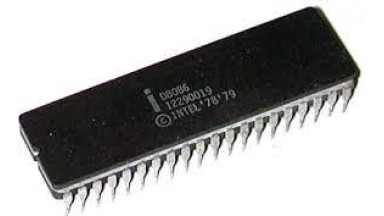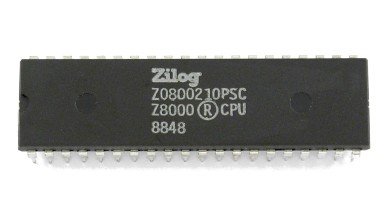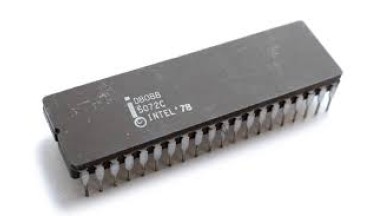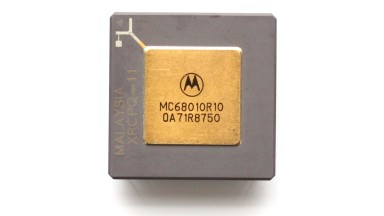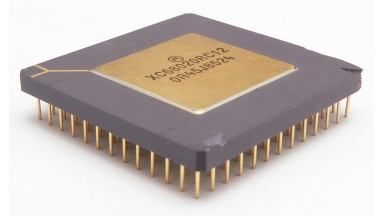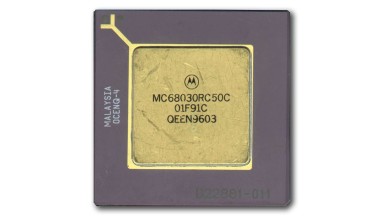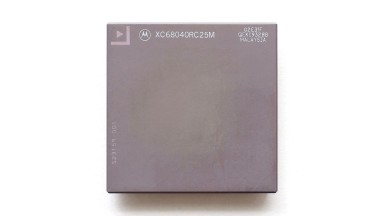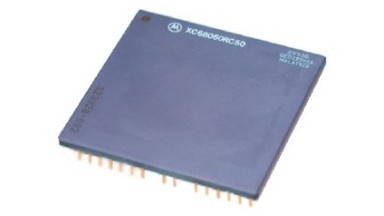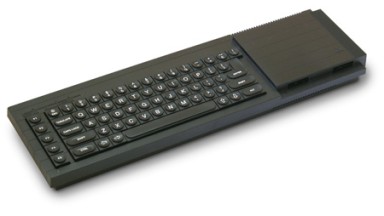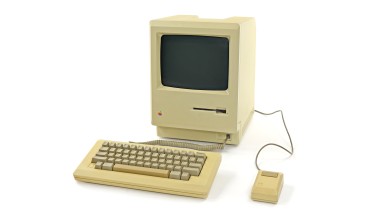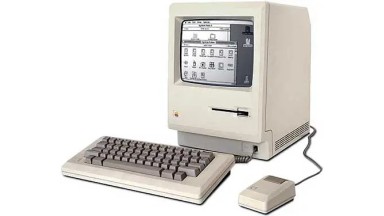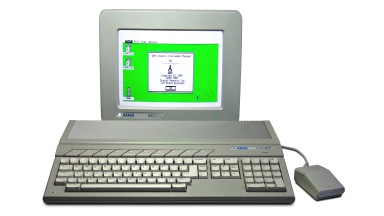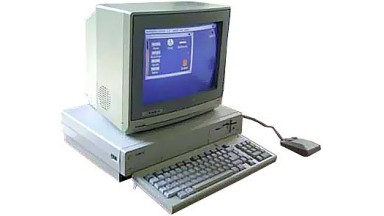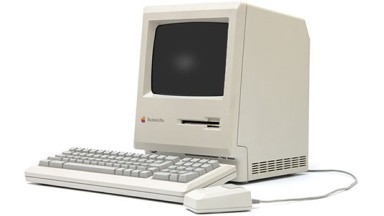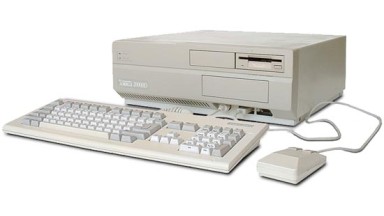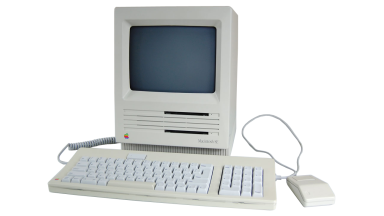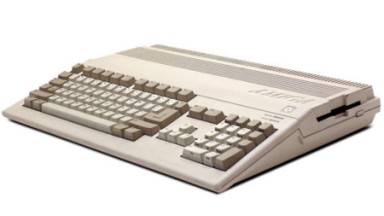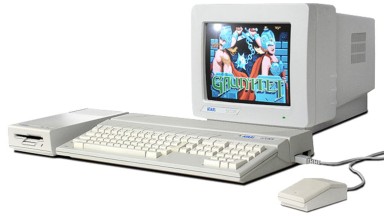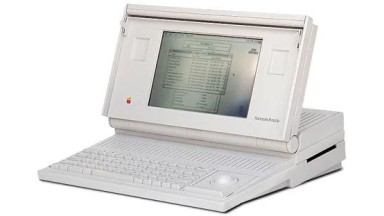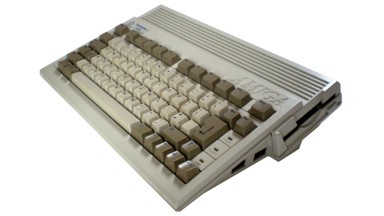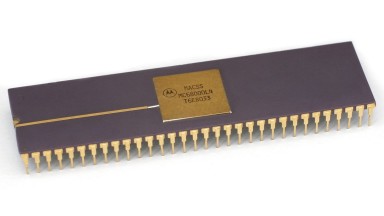
Motorola 68000
Motorola 68000 microprocessor technical specifications
Developed by: Motorola
Launched: 1979
ALU bits: 16
Clock: 2 MHz
until 12 MHz
Family: 68k
Instructions: 82
Registers: 32 bits
Bus: 16 bits
Mem. Address: 24 bits
Transistors: 68 000
Technology: 3 µm
Pin num.: 64 pins
Socket: DIL
It takes its name from the number of transistors it contains.
It was the first in a family of microprocessors that included the Motorola 68008, Motorola 68010, Motorola 68020, Motorola 68030, Motorola 68040, and Motorola 68060 microchips. It was also known as the 68k.
It powered the popular Commodore Amiga and Atari ST computers, and the first Macintosh computers.
It also powered the Sharp X68000 (sold only in Japan) and the first Capcom arcade video game motherboards.
